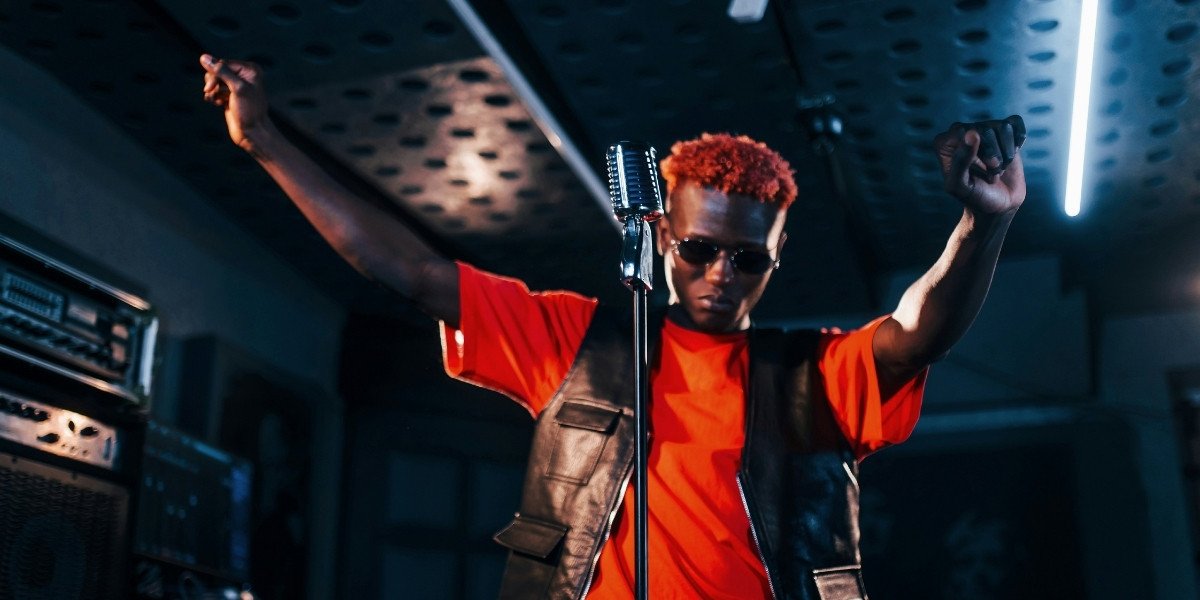The Eerie Ghosts of Nevada: Stories from the Silver State
Nevada is a state known for its rugged landscapes, sprawling deserts, and bustling cities like Las Vegas. However, beyond the neon lights and desert dunes lies a hauntingly rich history of ghost stories, abandoned towns, and eerie locations that continue to captivate those with a taste for the paranormal. From long-forgotten ghost towns to the still waters of Lake Tahoe, Nevada is home to some of the most mysterious and spine-chilling tales that have survived for generations.
What Makes Nevada’s Ghost Stories So Compelling?
What is it about Nevada’s ghost towns and eerie landscapes that makes the stories surrounding them so compelling? Many of these tales are rooted in the state’s Gold Rush era and the mining boom of the 19th century. As settlers rushed to Nevada in search of wealth, they built temporary communities in remote areas, only for many of these towns to quickly become abandoned once the mines ran dry. The harsh conditions and mysterious deaths in these towns have left behind stories of wandering spirits and strange happenings that still echo through the empty streets today.
Lake Tahoe, too, has long been a site of paranormal interest. With its deep waters and stunning scenery, the lake hides a more sinister side—stories of shipwrecks, mysterious disappearances, and ghostly figures that appear in the fog. The mystique surrounding Lake Tahoe adds an extra layer to Nevada’s eerie allure.
These ghost stories captivate both skeptics and believers alike, and the eerie atmosphere of Nevada’s abandoned towns only deepens the intrigue. Whether it’s the presence of spirits in old saloons or the unexplained noises in long-abandoned mining towns, Nevada has more than its fair share of ghostly legends waiting to be uncovered.
Haunted Ghost Towns: A Window into Nevada’s Dark Past
Nevada is home to numerous ghost towns, each with its own dark history and paranormal presence. One of the most famous is Rhyolite, a once-thriving town located near Death Valley. At its peak in the early 1900s, Rhyolite had a population of over 1,000 people. However, by 1916, the town was completely deserted, and today, its ruins serve as a chilling reminder of its once prosperous existence.
Visitors to Rhyolite report strange occurrences, from phantom footsteps to unexplained cold spots. Many believe that the restless spirits of former residents linger here, unable to move on from their past lives. The ghostly energy of the town seems to intensify at night, with some even claiming to have seen shadows moving in the windows of the old buildings.
Another notorious ghost town is Goldfield, which has earned a reputation as one of Nevada’s most haunted locations. Goldfield was a booming mining town in the early 1900s, but it soon became the site of violent deaths, unsolved mysteries, and paranormal activity. The Goldfield Hotel, which still stands today, is notorious for being haunted by the spirit of a woman named Elizabeth, who was allegedly murdered by her lover in the early 1900s. Guests have reported seeing her ghostly figure in the hotel’s rooms, with some claiming they’ve felt an icy chill as the apparition nears.
The Haunted Waters of Lake Tahoe
No discussion of Nevada’s ghost stories would be complete without mentioning the enigmatic Lake Tahoe. The lake, with its clear blue waters, has witnessed countless tragedies over the years, many of which have contributed to the eerie tales that surround it. From drowned souls to ghostly shipwrecks, Lake Tahoe’s dark history is intertwined with the supernatural.
One of the most well-known ghost stories surrounding the lake involves a sunken boat from the 1800s. According to local legend, a group of miners set sail on the lake to transport their valuable supplies, but their boat sank in the middle of a violent storm. To this day, divers and boaters near the lake report hearing unexplained sounds, like the faint clang of metal, believed to be the remnants of the lost vessel. Others claim to see a ghostly apparition of the miners, still searching the lake’s depths for their lost cargo.
Lake Tahoe is also said to be home to the spirit of a woman in white, who appears along the shore on foggy nights. Witnesses describe her as a ghostly figure that roams the beaches, dressed in a flowing white gown, often seen staring out into the water as if waiting for someone. Some believe she is the spirit of a woman who drowned in the lake many years ago, while others suggest she is a more recent apparition, still lost in the mists of time.
Are Nevada’s Ghosts Real or Just Folklore?
The debate over whether Nevada’s ghost stories are real or just imaginative folklore continues to intrigue both skeptics and believers. While there is no scientific proof that ghosts exist, the frequency of reports from visitors and locals alike suggests that something unexplainable lingers in these eerie locations. Many of these sites have become popular destinations for paranormal investigations, where ghost hunters seek to capture evidence of the supernatural.
Whether you believe in the supernatural or not, Nevada’s ghost stories add a fascinating layer to the state’s rich history. The tales of restless spirits, forgotten towns, and eerie legends are woven into the very fabric of Nevada’s identity. These stories remind us of the past and the ghosts that continue to haunt the landscape, leaving a lasting impression on all who encounter them.











